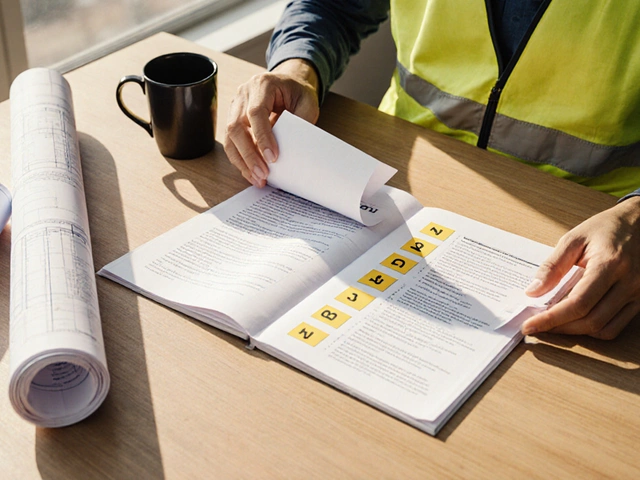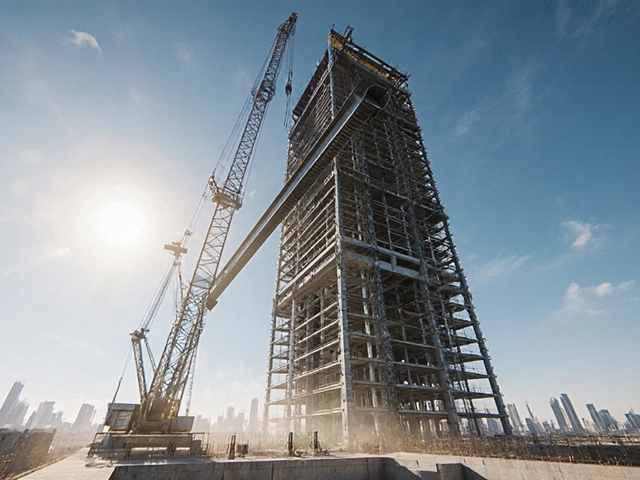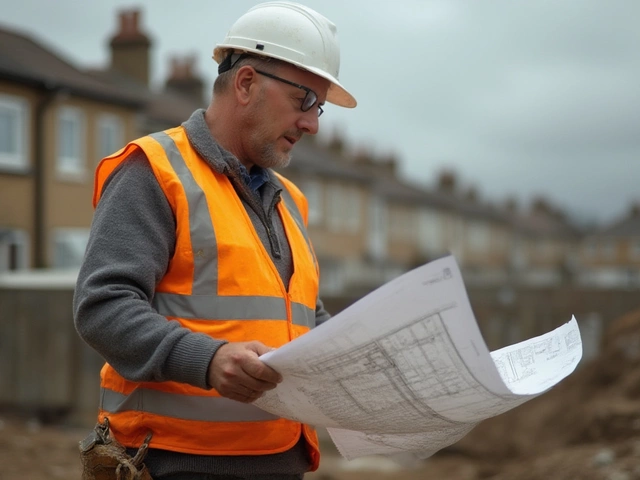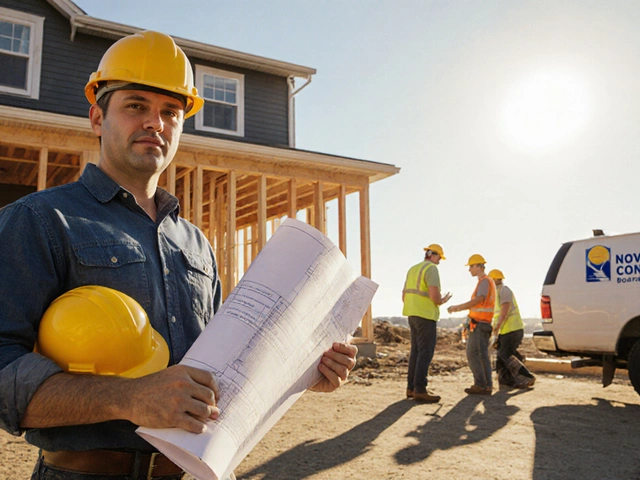Cement Basics and How to Use It Right
When you start a building job, cement is one of the first things you’ll need. It’s the powder that turns into concrete when you add water, sand, and gravel. Without good cement, walls can crack, floors can settle, and your whole project can suffer.
At Lime Hillock Construction Material Resources we pull cement from local limestone quarries, so you get a product that matches the UK climate and soil conditions. That means stronger foundations and fewer surprises down the road.
Types of Cement You’ll Meet
Most builders work with two main kinds: Portland cement and blended cement. Portland cement is the classic gray powder, great for general work, driveways, and most residential builds. It sets quickly and gives high strength.
Blended cement mixes Portland with other materials like fly ash or slag. It’s a bit slower to set, but it’s cheaper and greener because it reuses waste from other industries. If you’re building a large slab or want a lower carbon footprint, blended cement can be a smart pick.
There are also specialty cements, such as rapid‑setting or waterproof varieties. These are useful for repairs, tight schedules, or damp‑prone areas. Ask your supplier which one fits the job, and they’ll point you in the right direction.
How to Choose and Order Cement
First, figure out how much you need. A common rule is one 25kg bag covers about 0.02 cubic metres of concrete. Measure the length, width, and depth of the area, multiply the numbers, and you’ll have the volume. Then divide by 0.02 to get the bag count.
Next, think about the project’s timing. If you’re pouring a big slab, order a little extra to cover spillage and variations in mix. Most suppliers, including Lime Hillock, will advise a 5‑10% safety margin.
When you place the order, tell the supplier the type you need and the delivery date. Lime Hillock offers same‑day loading for local sites and scheduled deliveries for larger orders. They also provide on‑site mixing advice so you get the right water‑to‑cement ratio – usually around 0.45 by weight, but it can change with temperature.
Finally, store the bags in a dry place. Moisture can cause the powder to harden before you use it, wasting material and money. Keep them off the ground and cover them if rain is forecast.
Using cement doesn’t have to be a mystery. Pick the right type, calculate the amount, order from a trusted local quarry, and follow basic mixing rules. With those steps, your project will have a solid foundation and stay on budget.
5 Primary Raw Materials in Construction: What Really Builds Our World

Ever wondered how skyscrapers, roads, and bridges come to life? This article breaks down the five main raw materials that make modern construction possible. You’ll get to know how each material is used, why they matter, and what makes them unique. There are some surprising facts and practical tips if you’re considering a project or just want to understand what’s really holding up our cities. Dive into the nuts and bolts (sometimes literally) of construction.
read more



